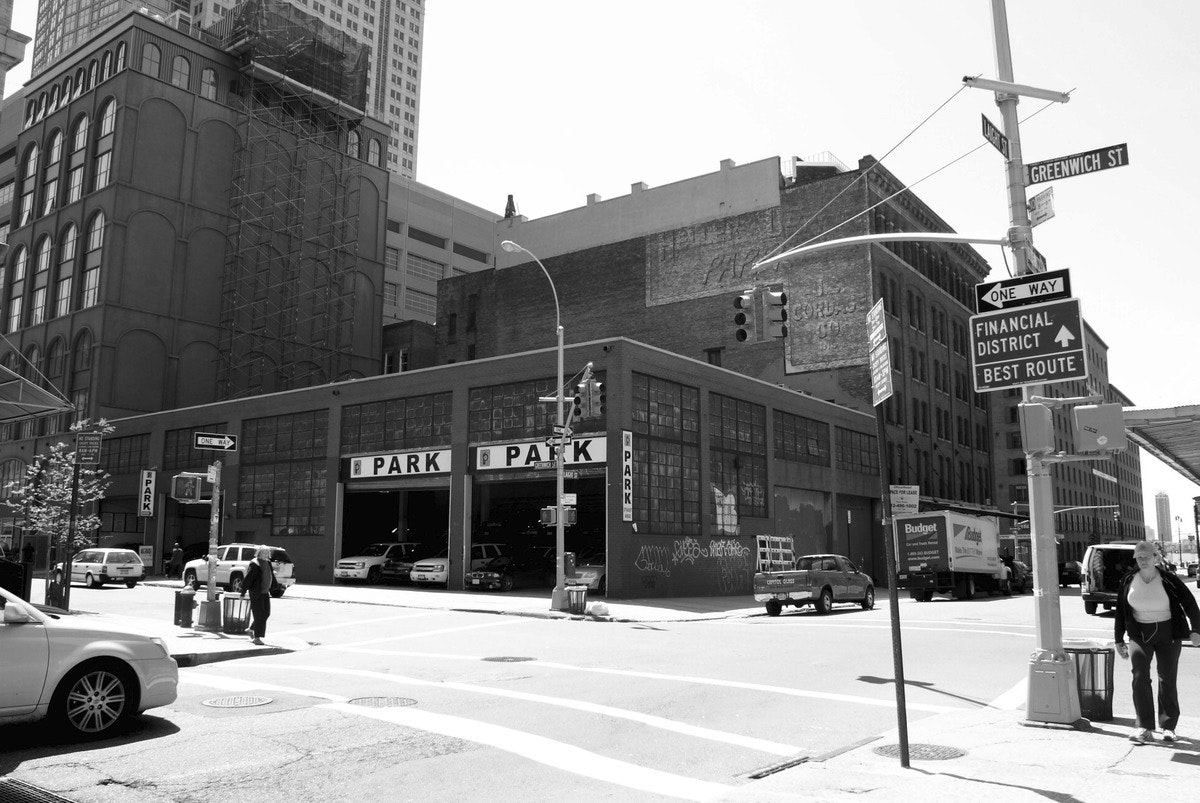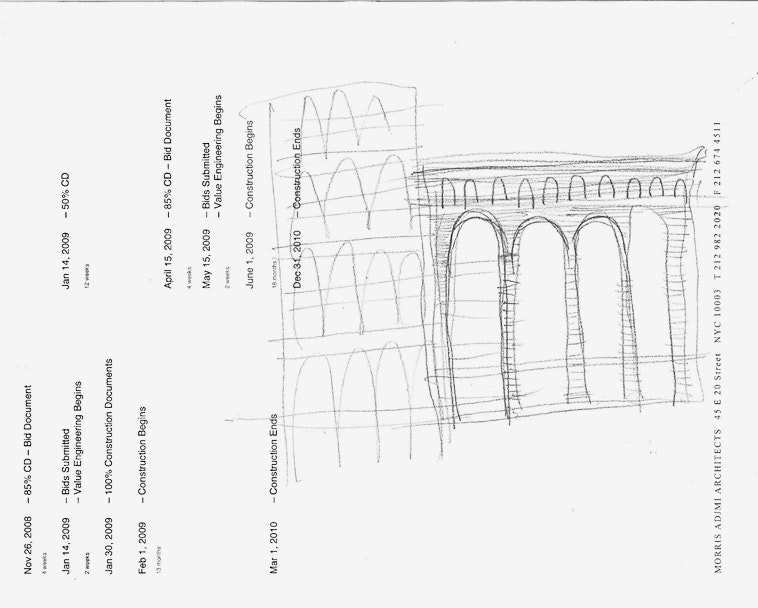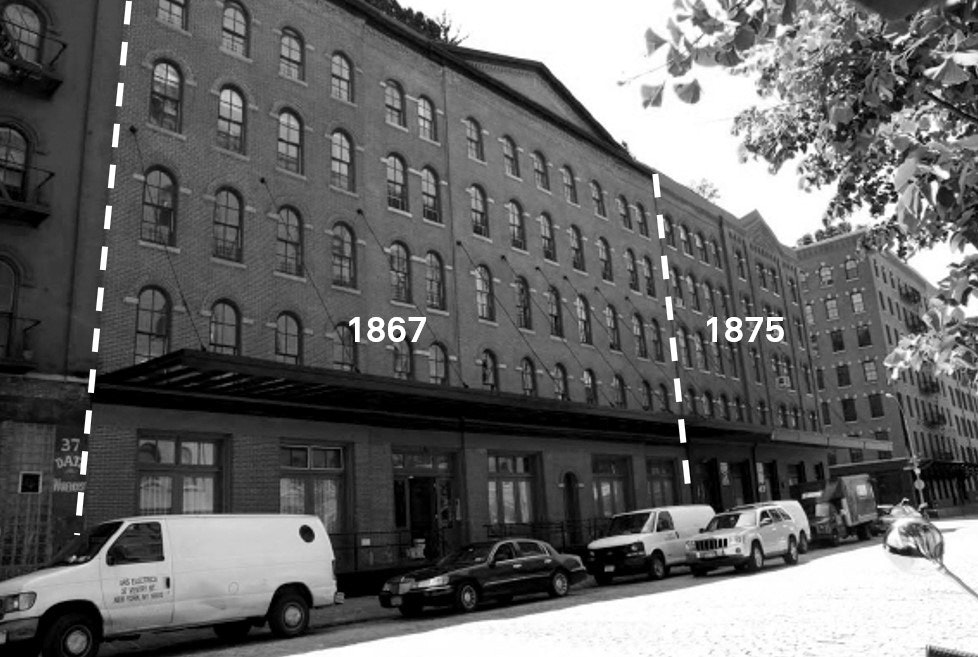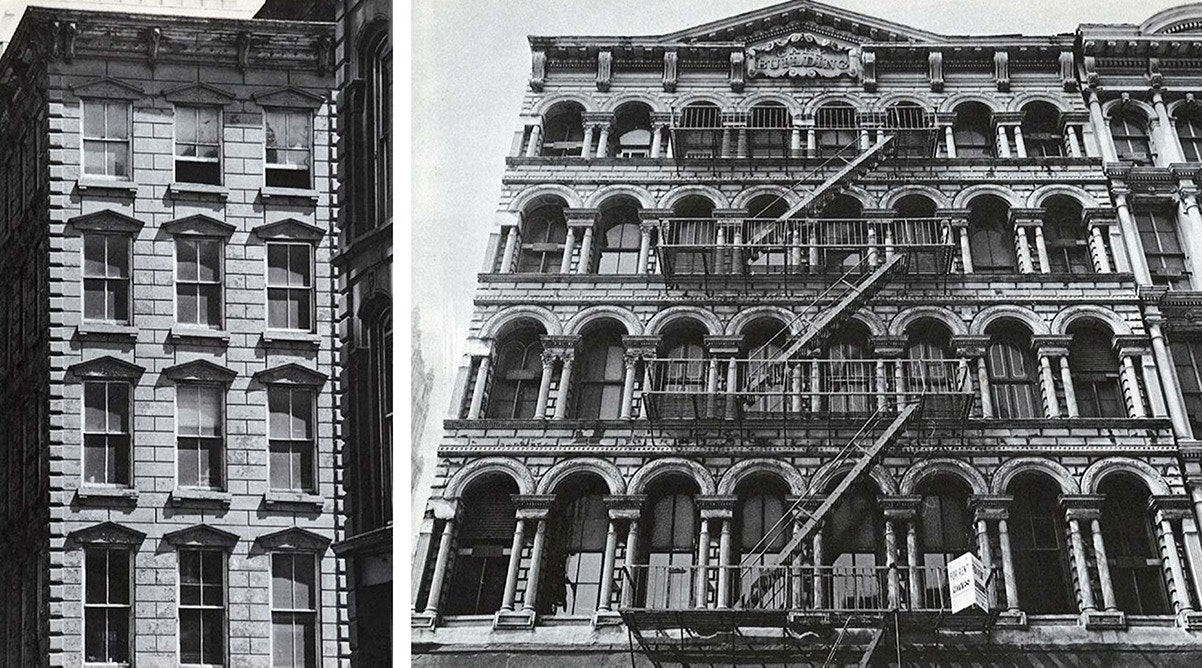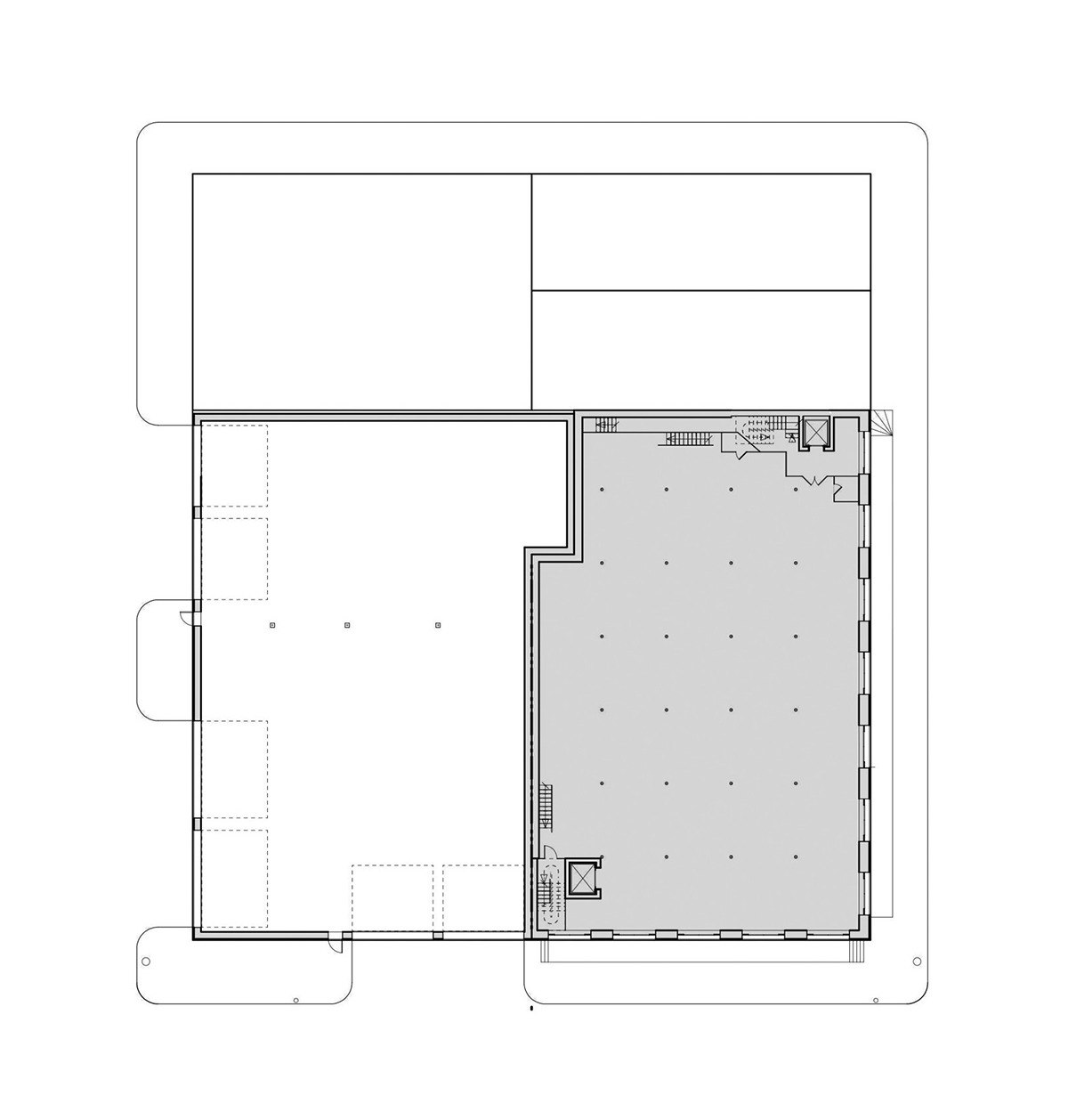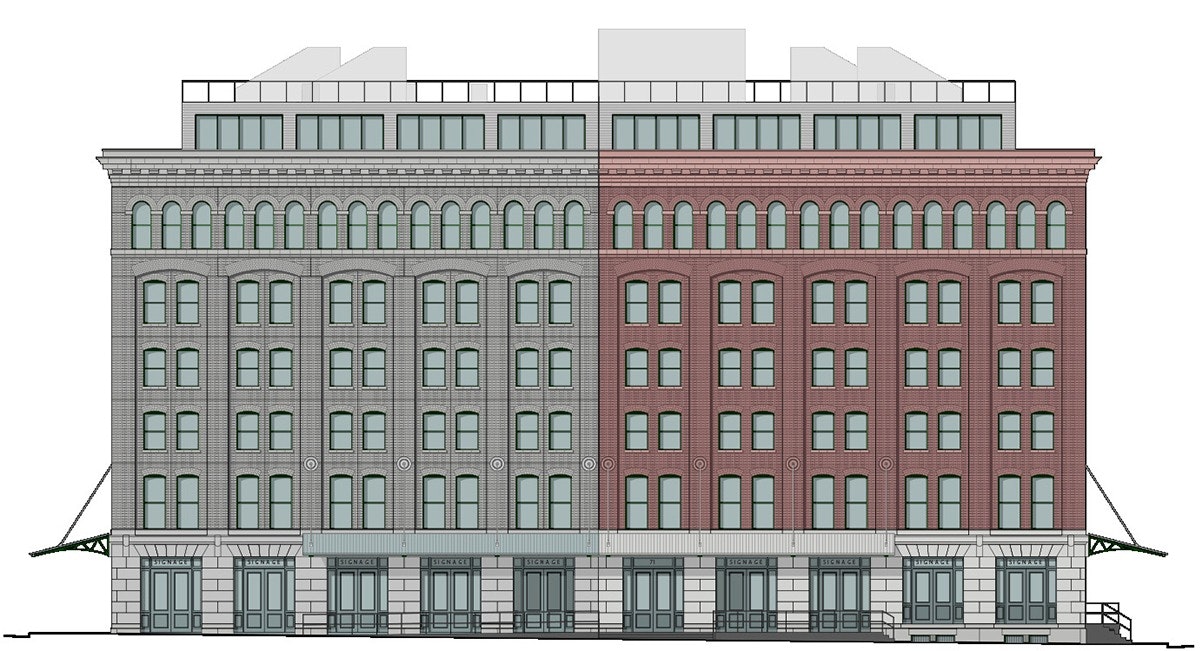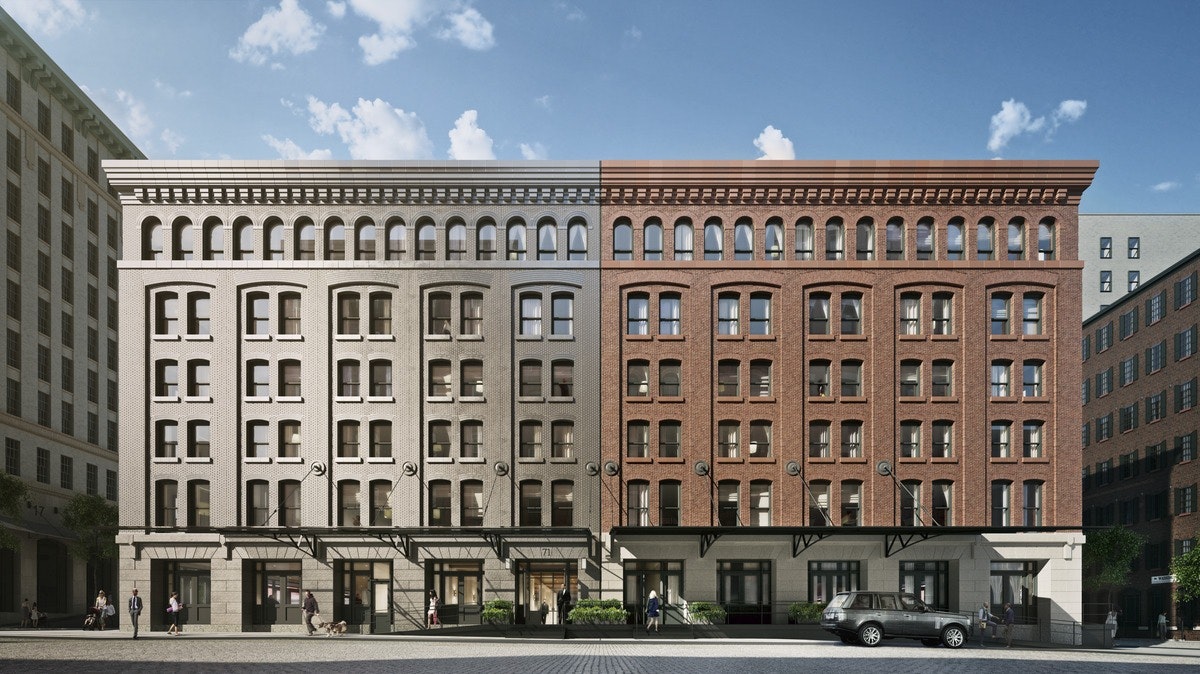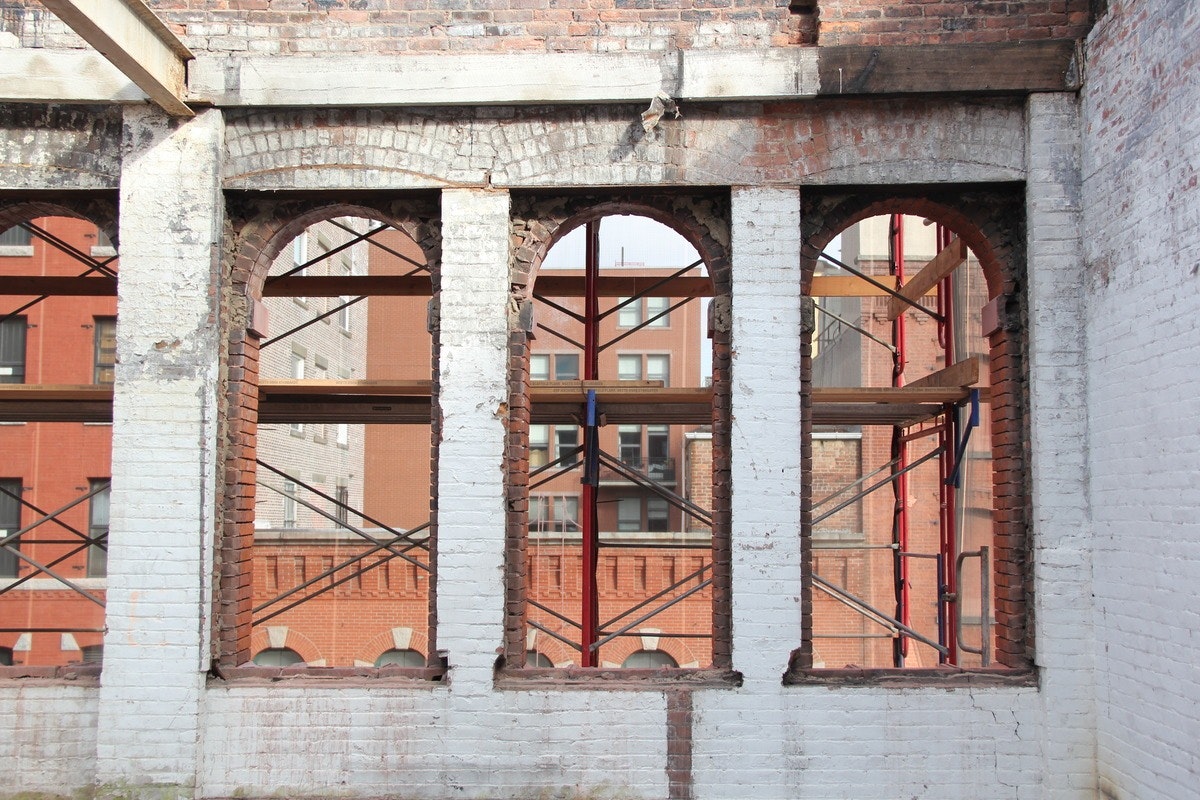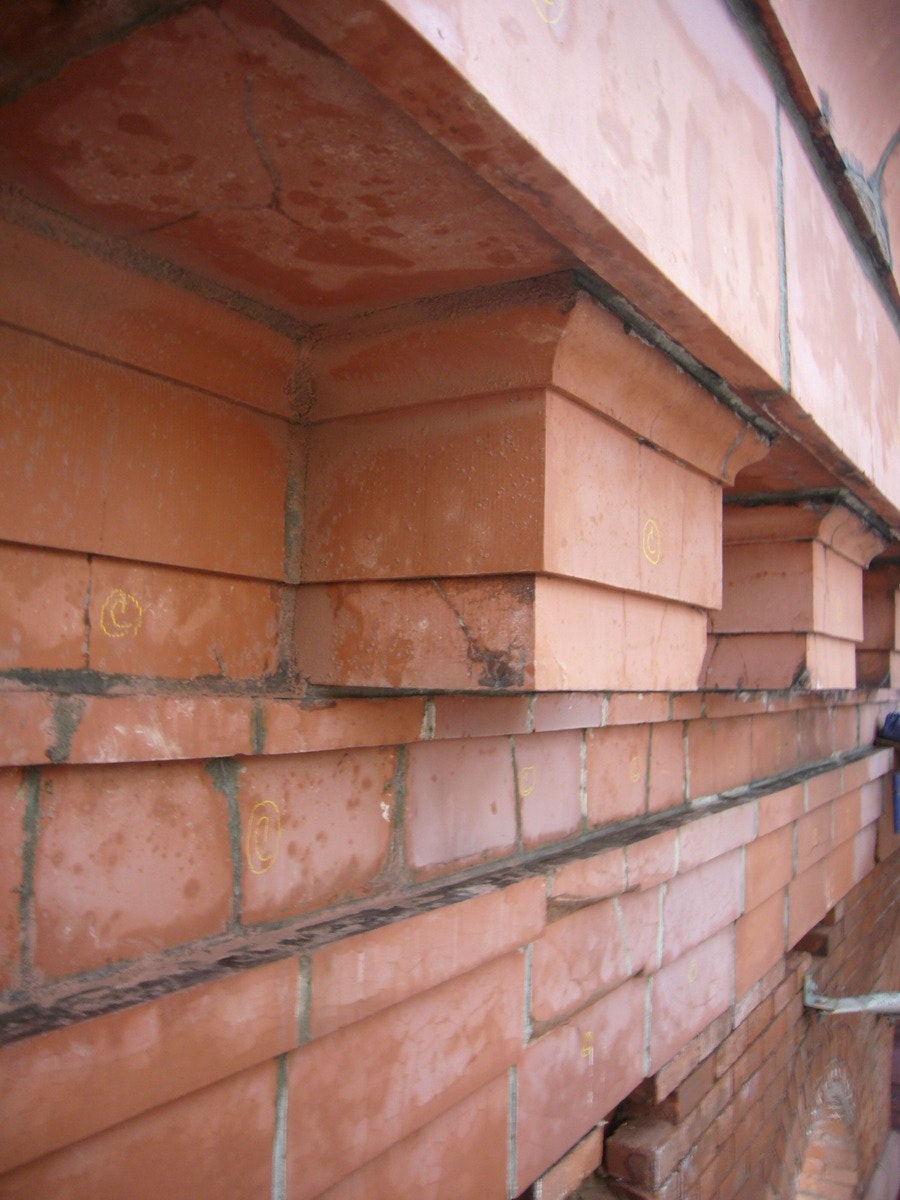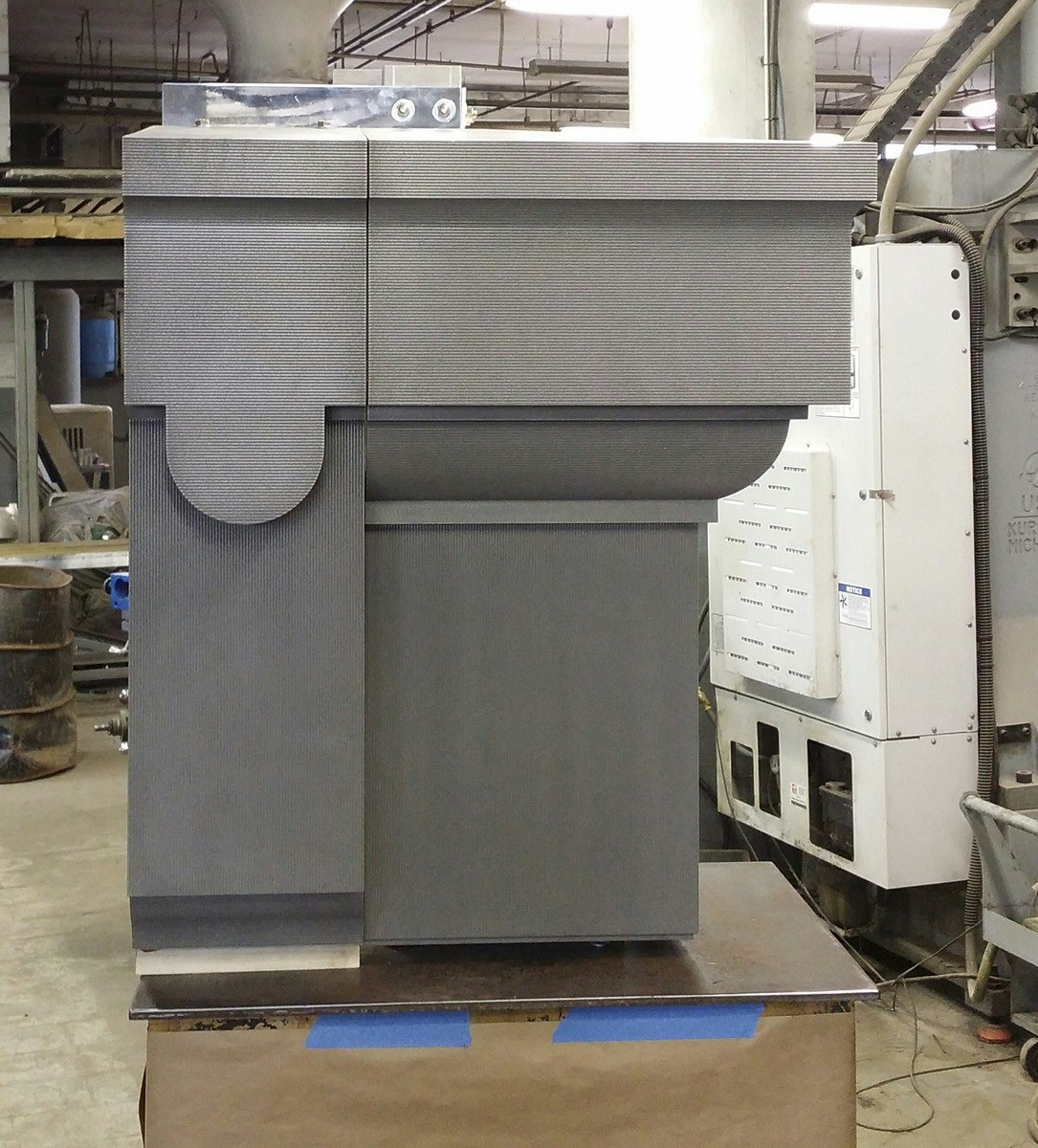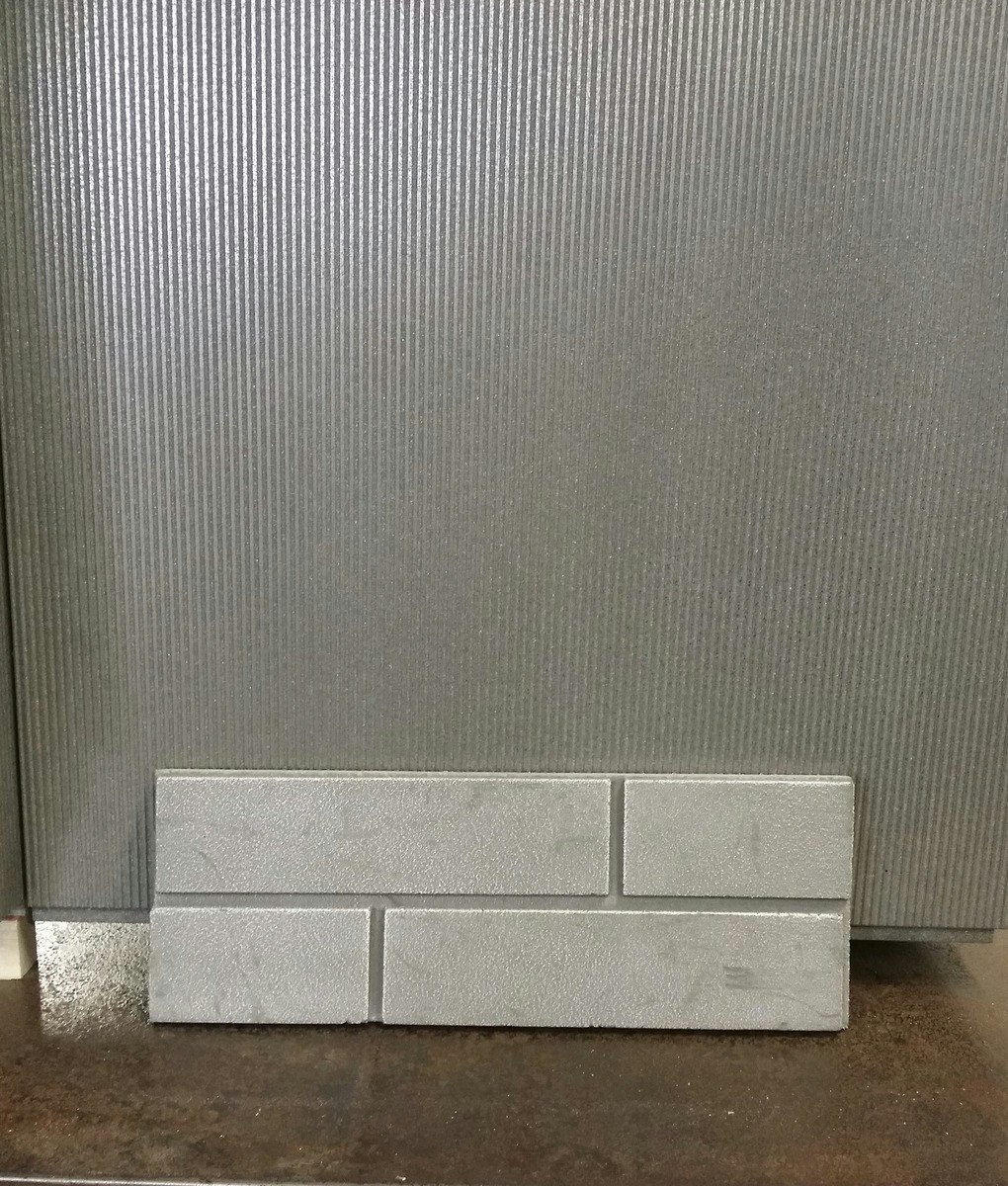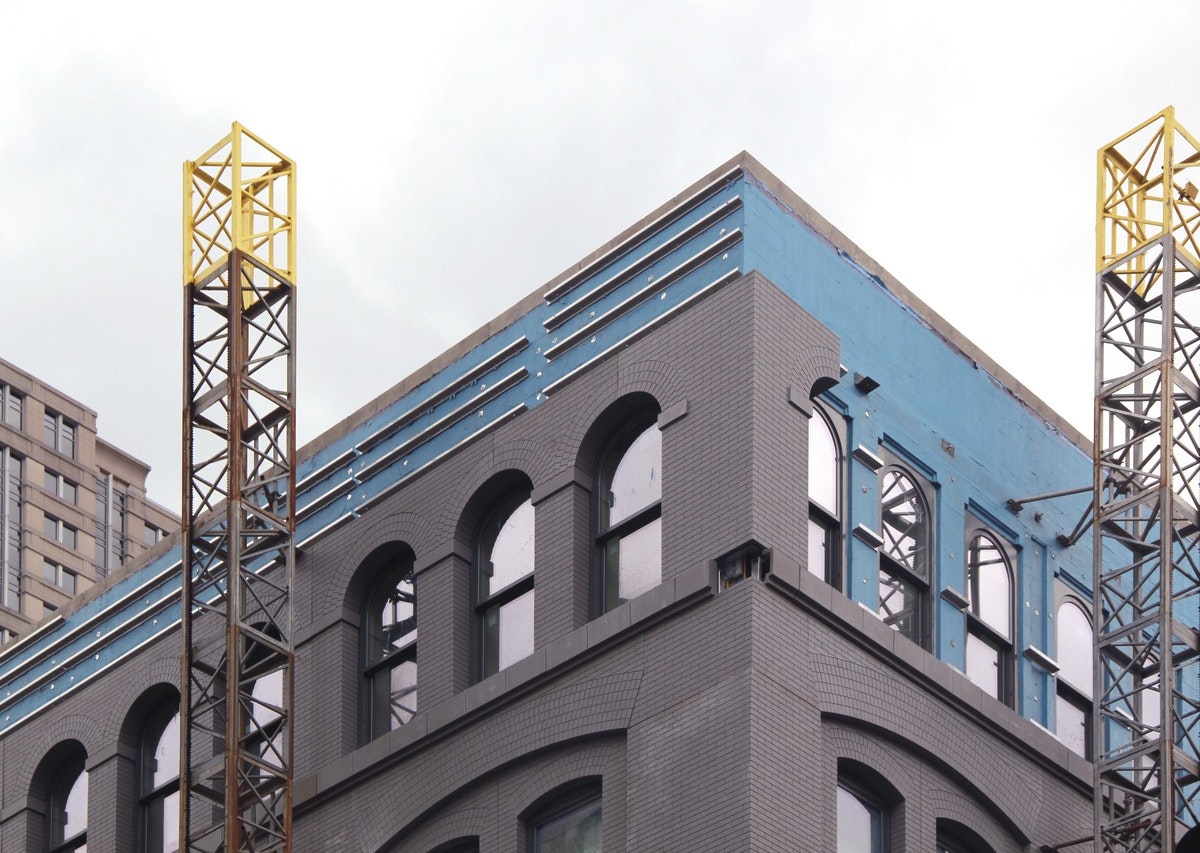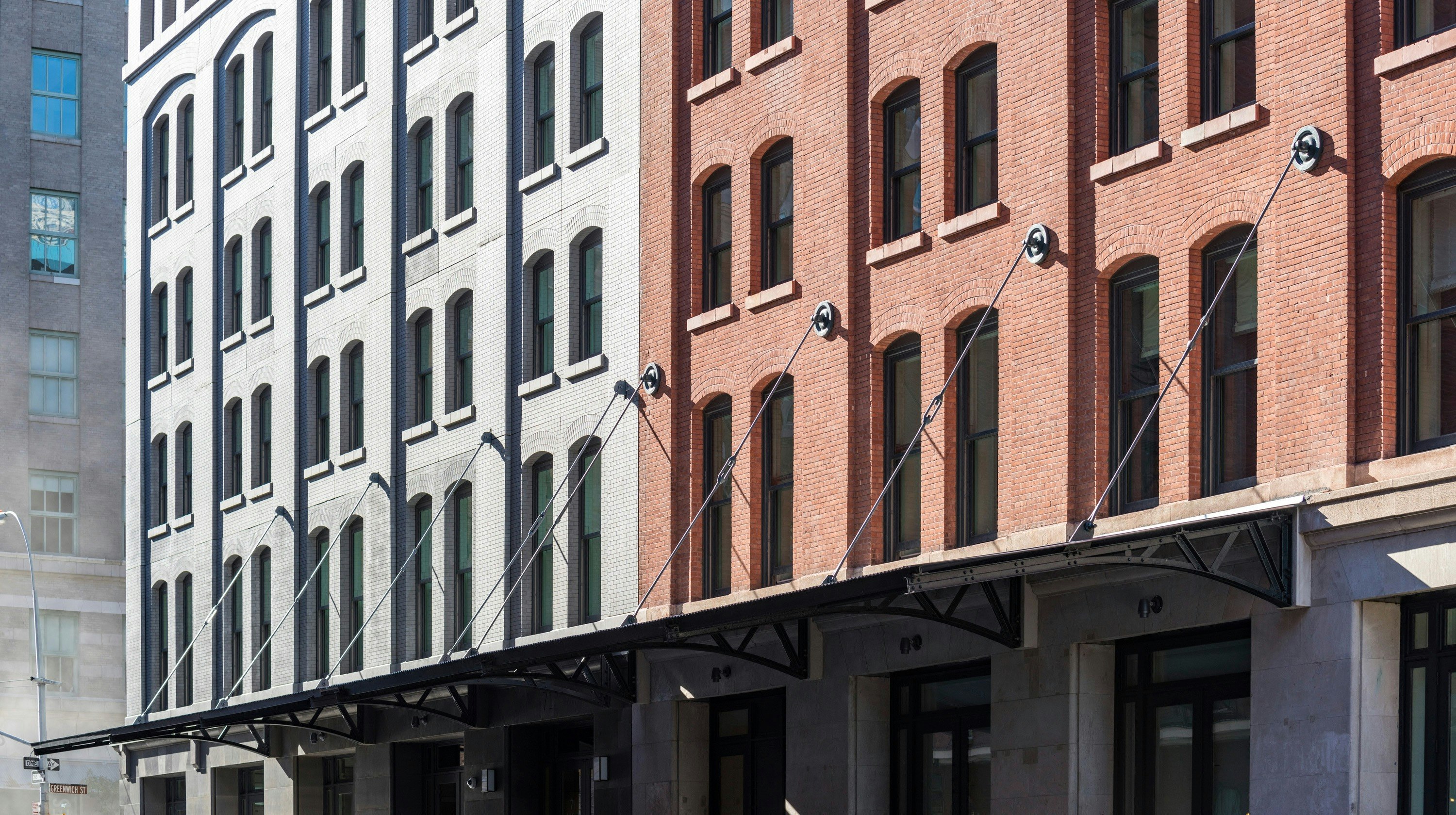
The Sterling Mason
115,000 square feet
7 stories, 22 units
New York, New York
2016
Most of the buildings designed by MA relate to a city’s architectural context without directly imitating a specific historic structure. The Sterling Mason is a little different. It does directly imitate a specific historic structure. The Tribeca condominium building is composed of two joined buildings—or, rather, one building twice: a renovated brick warehouse originally built in 1905 and its mirror image, a new metallic duplicate.
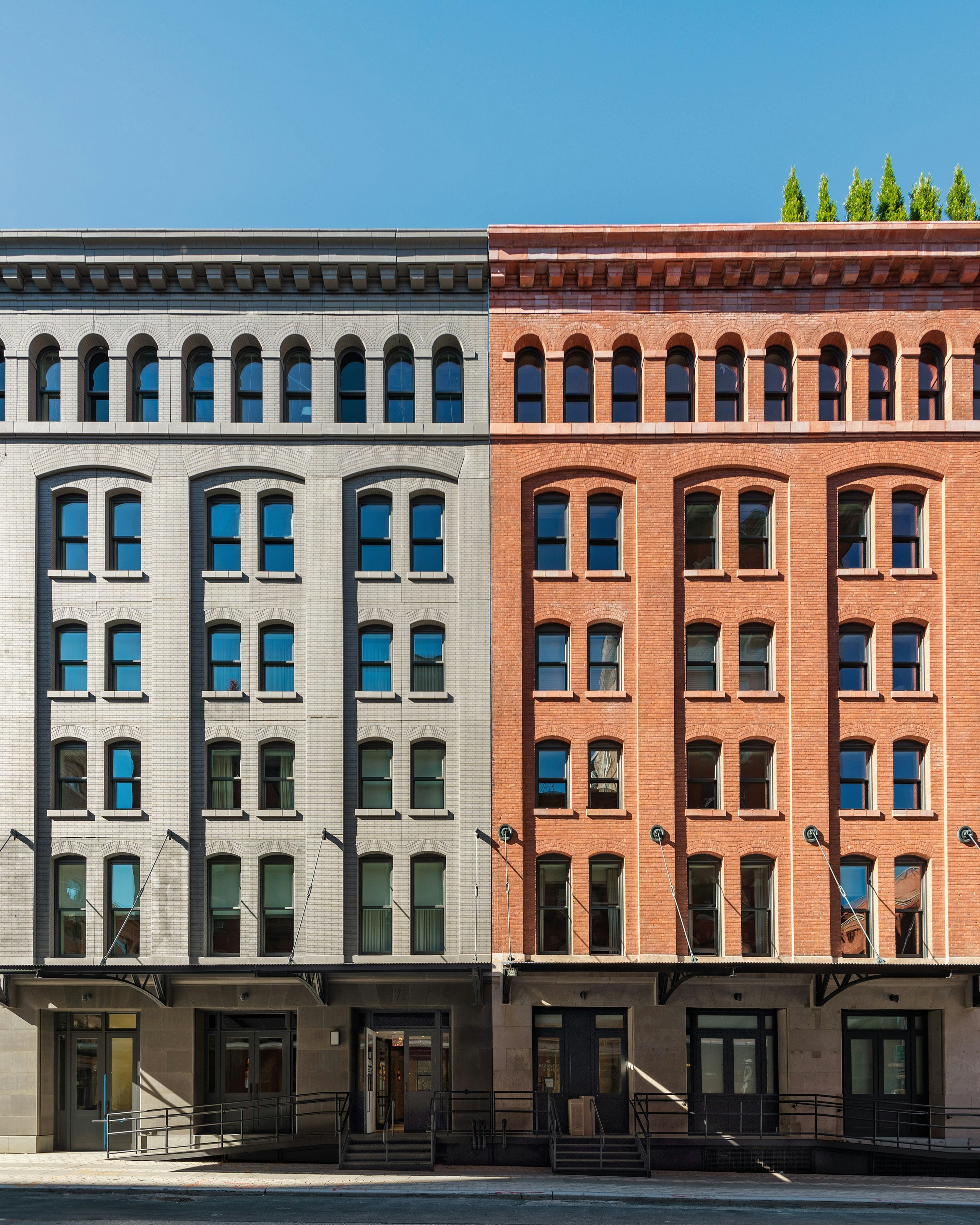


Warehouses in Tribeca were frequently expanded with additions that reflected the tastes or technologies of their time, documenting the historic progression of the city. The Sterling Mason continues this tradition. The original six-story former coffee and tea warehouse is a quintessential Tribeca warehouse on a quintessential Tribeca cobblestone street corner. Its façade is defined by four-story recessed arches containing pairs of windows that mark every floor. The top story is distinguished by a procession of arched windows set between a limestone sill and a terra-cotta cornice.
The adjacent shimmering “copy” derives from a study of its site, which has the exact dimensions as the existing warehouse’s lot. As such, the addition is equal in size and proportion with every detail of the masonry façade re-created in marine-grade, plasma-finished aluminum and aluminum-coated GFRC panels. The effect is startling, inviting a second or even a third look along with comparisons to a photographic negative, a ghostly mirage, or a work by Andy Warhol.
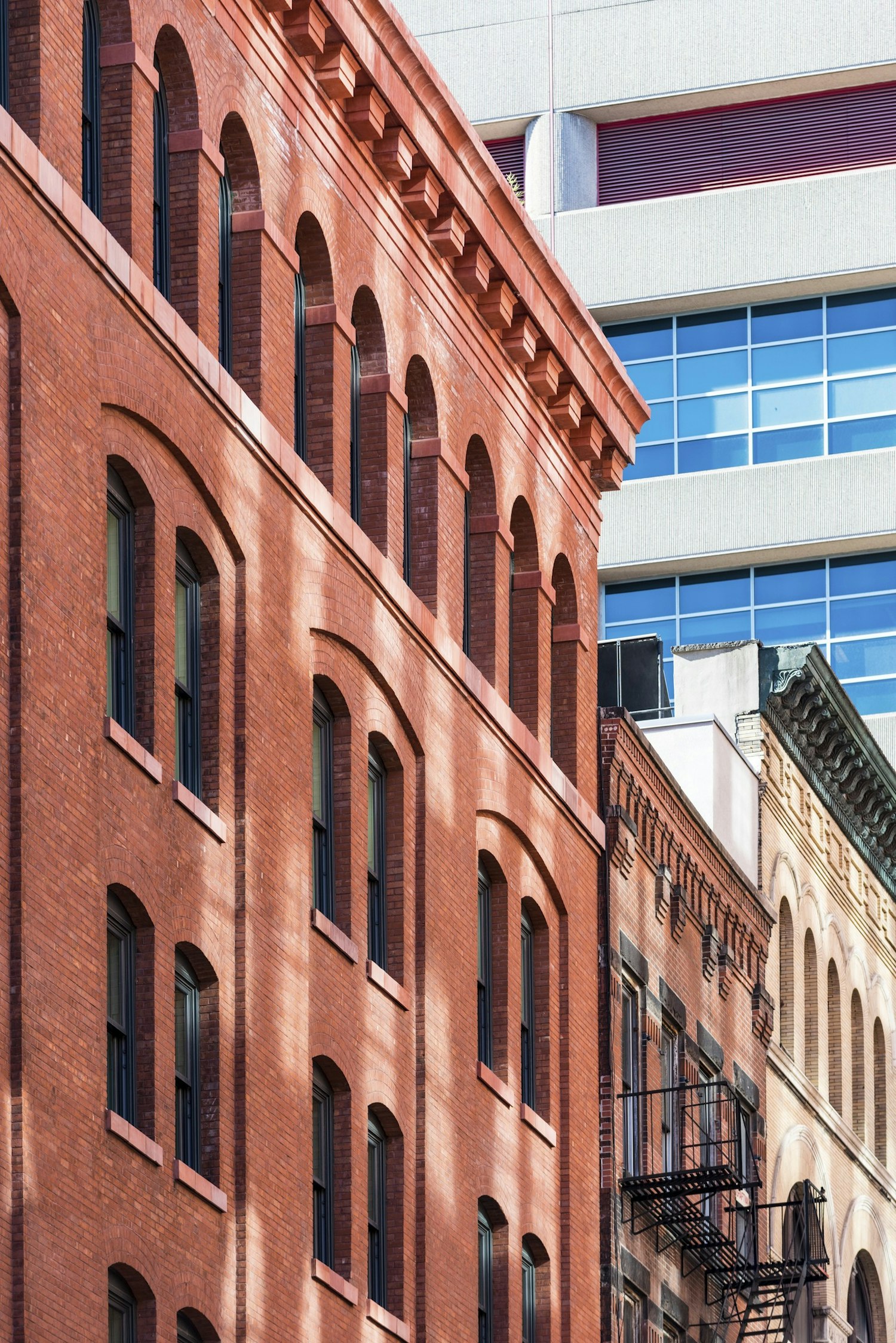
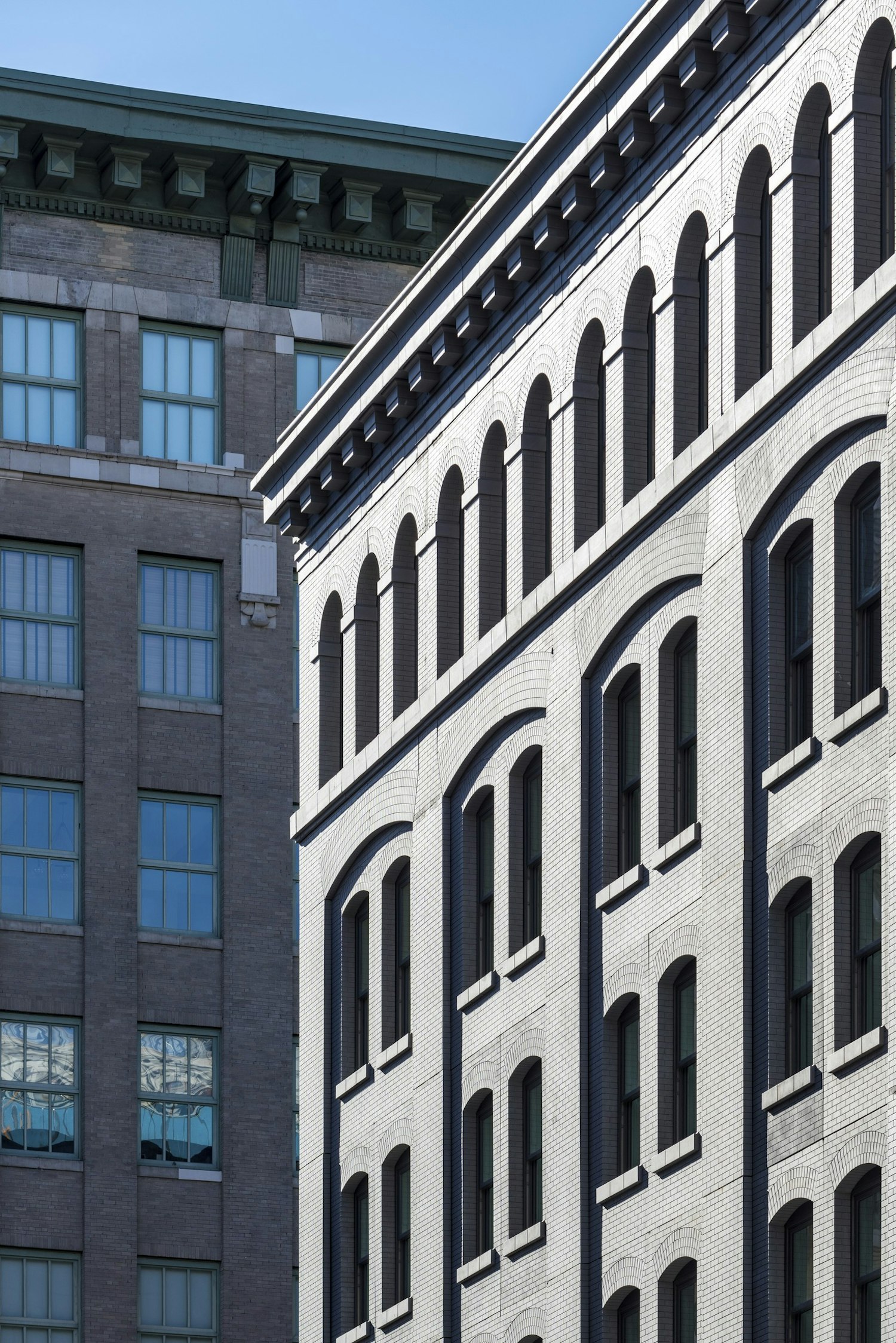
"An exposed brick party wall, covered in fading advertisements for a paper company, suggested that the existing building had been halved or left incomplete—so we completed it." Morris Adjmi
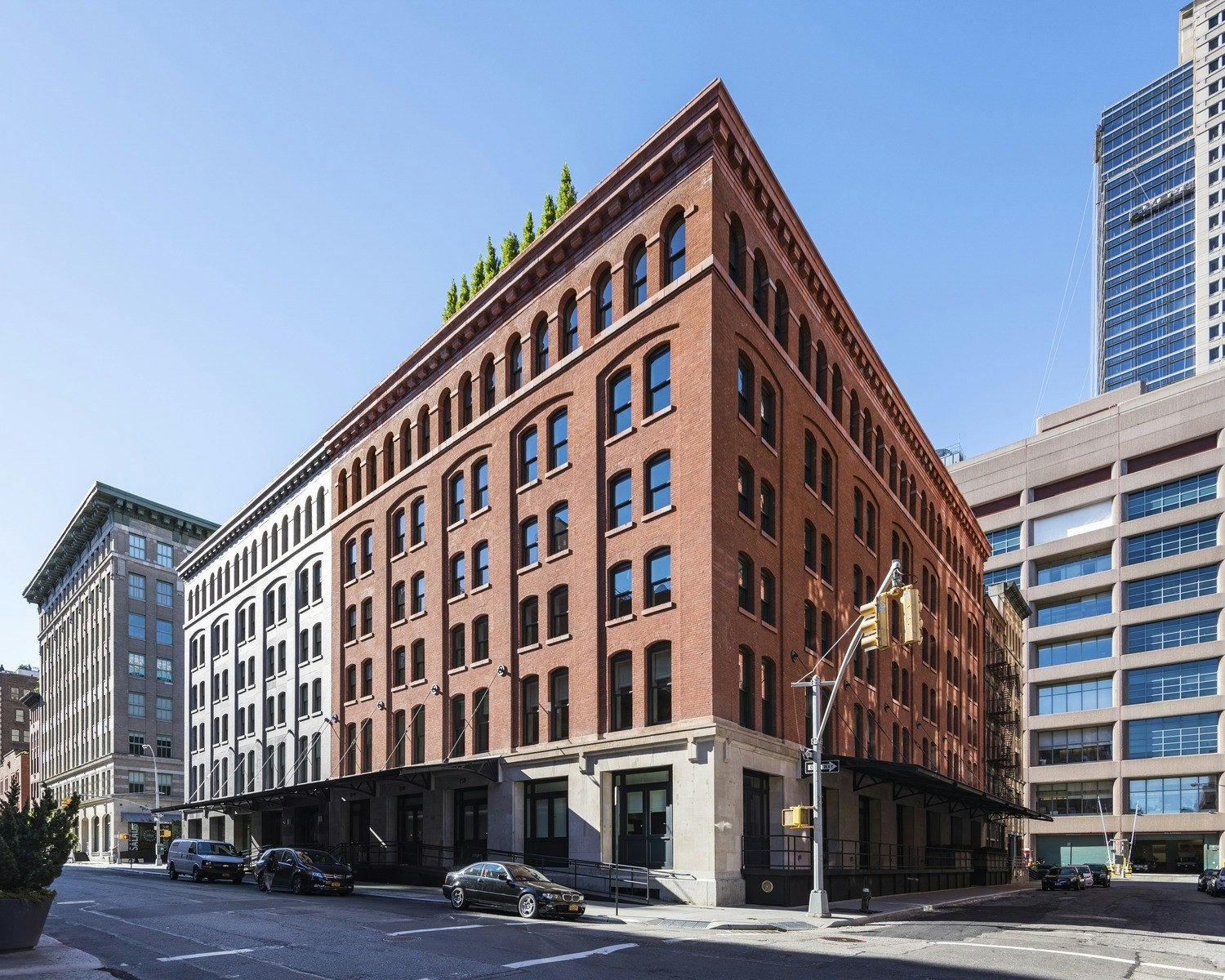
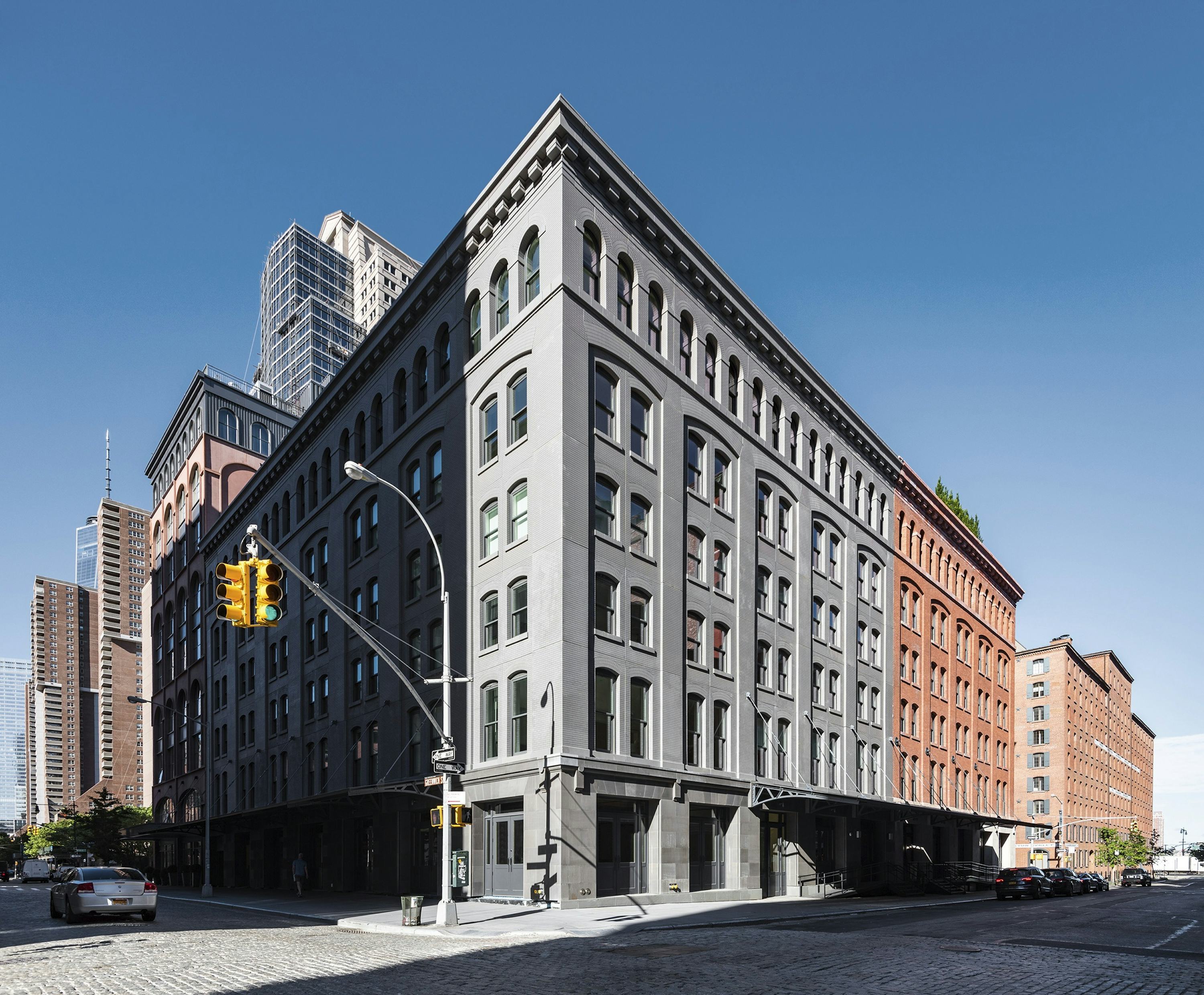

Design Process
The new half of the Sterling Mason was built using the materials and technologies of today to imitate the appearance of traditional construction methods—a contemporary technique reminiscent of using painted cast-iron to imitate stone.

Although local traditions and conditions shaped the Sterling Mason, the project was also inspired by the Ise Shrine, a Shinto shrine in Japan that is demolished every 20 years and replaced by an identical copy built on an adjacent site using a single piece of wood from the previous structure. Thus, the Ise Shrine is simultaneously new and old. It’s not just a building; it’s a ritual.
The Sterling Mason makes no such claims, but it can be interpreted as a commentary on how buildings—and cities—can evolve while continuing to participate in an architectural tradition that holds them unchanged in viewers’ minds. The metal half of the Sterling Mason will remain perfect, frozen; the restored brick half will weather and age. One is the ideal, the other the real; together, they offer an opportunity to reappraise the architecture of the city and consider the effects of time.
Construction


